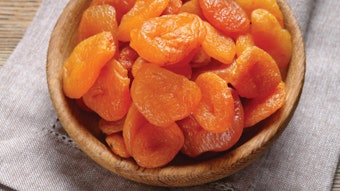Strawberry flavors have undergone several generational changes since the advent of GC/MS analyses allowed flavorists to use nature more liberally as a source of inspiration and ideas. Many of the ingredients used in more modern strawberry flavors were newly developed as a result of their analytical discovery, but some of them were familiar raw materials for which analysis simply indicated new uses. Methyl cinnamate (FEMA# 2698, CAS# 103-26-4) belongs very firmly in the latter category. It is not exactly a modern flavor ingredient, but the discovery of this chemical’s interesting fruity, guava, balsamic aroma in fresh strawberries has sparked renewed interest. Today, it would be very difficult to find a strawberry flavor on the shelf of any laboratory that does not contain high levels of methyl cinnamate. I would never advocate using nature as a cast-iron template for flavor creation, but it is sometimes at least worth using nature as a reality check. Unfortunately, the use of methyl cinnamate fails that reality check by a wide margin. The levels of methyl cinnamate that are often used in strawberry flavors far exceed the levels of this ingredient that normally occur in real strawberries. This imbalance seems not to be too problematic at first, but it carries with it several subtle drawbacks. Most commercial strawberry flavors are a little too cloying because of the unnaturally high levels of methyl cinnamate, and they are also relatively inflexible in respect of dose rates. Excessive levels of methyl cinnamate also impose some cost penalties, especially in natural with other natural flavors (WONF) flavors.
Ethyl Cinnamate
Feb 28th, 2013










